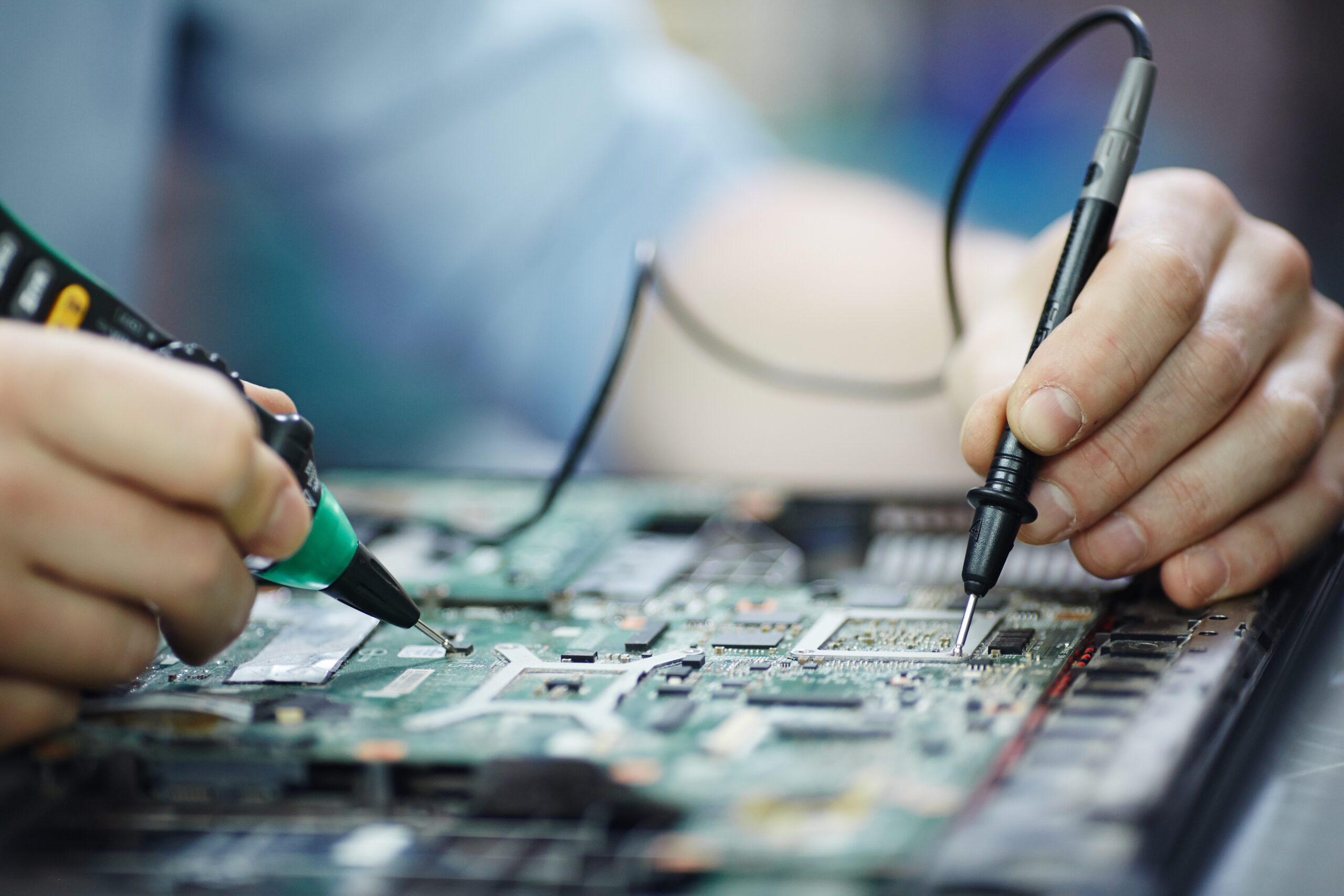As businesses seek to create innovative products and services that cater specifically towards customer needs, design thinking workshops have become increasingly popular. These collaborative sessions allow participants to use creativity empathy as well as experimentation in order generate new ideas while solving complex problems simultaneously. This step by step guide will help you run a successful design thinking workshop without any hassles whatsoever!
Design Thinking Workshops – An Overview
Design thinking workshops are interactive sessions that focus on understanding user needs by generating creative ideas and prototyping solutions. The process typically involves three stages: discovery, ideation, and implementation. During the first stage participants conduct research to gain insights into users behavior patterns while during the second they brainstorm potential solutions before finally testing them out in real life scenarios during the third phase of implementation with feedback from end-users taken seriously for refinement purposes. With this approach designers can create products or services tailored specifically towards meeting customer demands effectively leading to increased satisfaction levels among consumers.
How to Prepare for a Successful Workshop
To run a successful design thinking workshop requires careful preparation. Firstly, define your objectives clearly and ensure that everyone involved understands what they are trying to achieve. Secondly choose team members with diverse perspectives and skills sets who can contribute effectively towards achieving these goals. Finally select an appropriate location conducive for creativity and collaboration which will help in creating innovative solutions during the workshop sessions. By following these steps you’ll be able to conduct productive meetings where participants feel empowered to share their ideas freely without fear of judgment or criticism. This approach ensures that all stakeholders have equal opportunities to contribute meaningfully towards finding viable solutions that benefit both parties concerned.
Creating the Perfect Environment
The environment is essential for fostering creativity and collaboration. Ensure that the space accommodates everyone comfortably by providing ample roominess. Use bright colors, comfortable furniture pieces, and natural light to create a relaxed atmosphere. Adding some fun elements like games or toys can also stimulate creative thinking among participants. The end result will be an inspiring workspace where innovation thrives!
Design Thinking – The Power of Empathy
Design thinking places empathy at its core. It involves stepping into another persons shoes and grasping their emotions, motivations, as well as behaviors. To foster this skill within your workshop encourage participants to observe users in natural settings while also utilizing tools like journey maps or user personas for a more comprehensive understanding of needs. By doing so you can help cultivate true empathy among team members which will ultimately lead towards better design solutions that truly meet end-user requirements.
Purposeful Brainstorming and Prototyping
The ideation phase of any project requires participants to generate numerous ideas. While its important for individuals involved in this process to think creatively and come up with radical concepts that challenge traditional thinking patterns; it’s equally essential they evaluate each idea critically before proceeding further into development stages. Techniques like brainwriting, mind mapping or SCAMPER can be used effectively during the initial brainstorming sessions to facilitate innovative thought processes while ensuring feasibility checks are carried out simultaneously. Once promising ideas have been identified through these methods moving onto prototyping becomes necessary – creating physical representations such as sketches/models/simulations quickly yet affordably allows teams to test assumptions without investing heavily on final product creation prematurely.
Evaluating Your Results and Planning for the Future
Once the workshop has concluded it is imperative to take stock of what was accomplished and determine where you go from here. Evaluate each prototype created during this exercise with an eye towards identifying those that show promise moving forward. Gather feedback from users so as not miss any important details while incorporating their input into your designs. Decide whether further development or testing is necessary based on these findings before celebrating successes achieved along the way!
Conclusion
To ensure the success of your design thinking workshop you must invest in careful preparation, foster a supportive environment that encourages empathy and observation skills. Brainstorming sessions should be purposeful while prototyping iteratively will help generate innovative solutions to complex challenges faced by teams today. By following these steps effectively during your workshops’ facilitation process – productivity levels are guaranteed along with positive outcomes for all involved parties!





